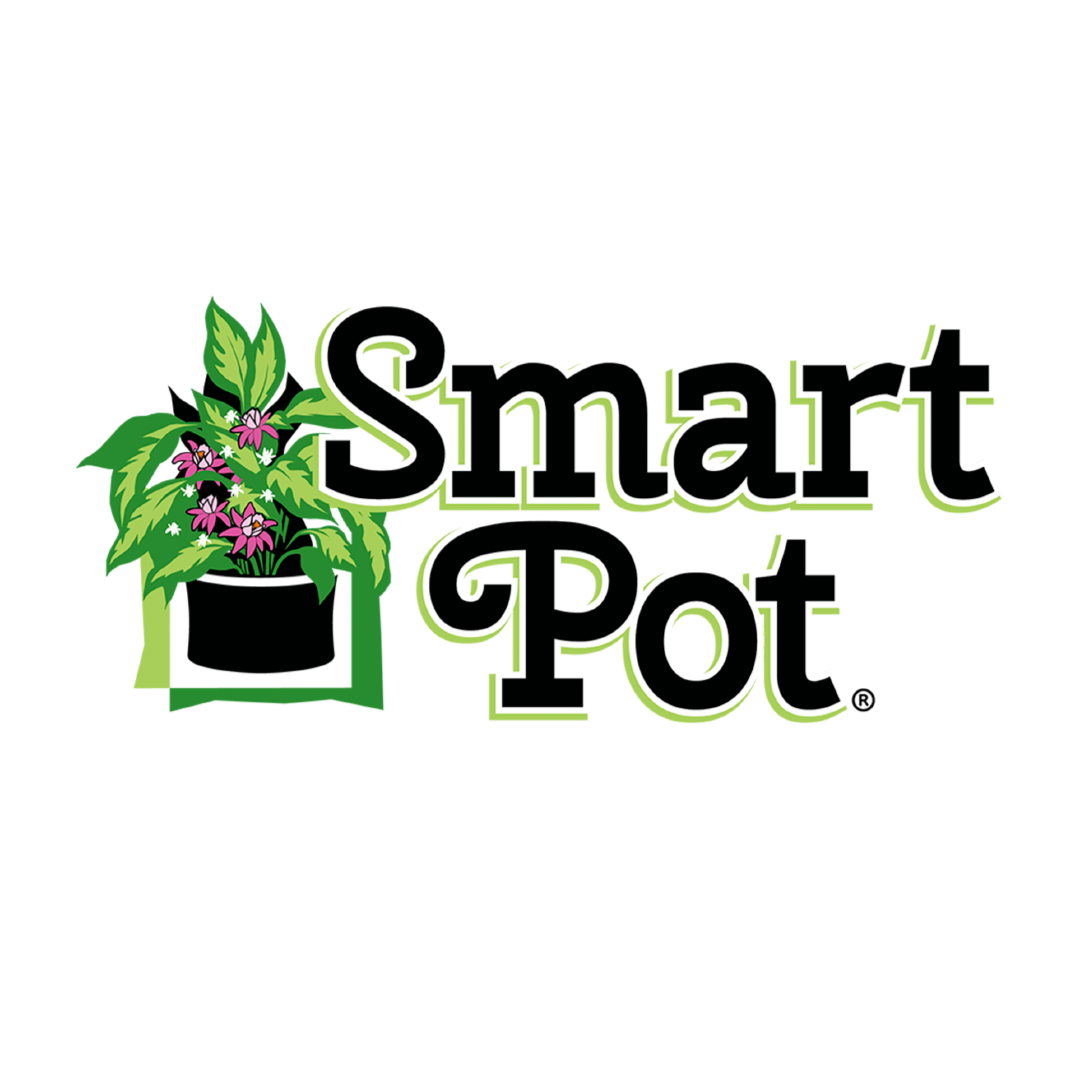America's Favorite Planter
Why Smart Pot?

What Size Smart Pot Do I Need?
-
Herbs
Compact roots thrive in Smart Pots. Use 1–2 gallon per plant or 5-gallon for mixed herb bowls. Air-pruning prevents circling, so plants get dense, healthy roots in less soil. Expect slightly more frequent watering/feeding, especially in heat.
-
Tomatoes
Determinate types are happy in 10–15 gal; indeterminate vines love 15–20 gal+. Extra volume buffers moisture and nutrients for steady fruit set. Air-pruned roots mean stronger, non-circling systems—size down vs. hard pots, but water/feeding schedule may increase.
-
Potatoes
Start in a 15 gal (or 20–30 gal for bigger yields). Layer seed potatoes and media (“hill up”) as stems grow. Fabric walls shed excess water to prevent rot and harvest is easy—just tip or scoop.
-
Blueberries
Blueberries need acidic soil (pH ~4.5–5.5). Use at least 15–20 gal per shrub; go bigger in hot/dry climates. Fabric aeration protects fine feeder roots. (Commercial growers even use 45–65 gal Smart Pots)
-
Peppers
Hot or sweet peppers flourish in 7–10 gal.
15–20 gal supports more fruit and steadier moisture. Air-pruned roots = compact powerhouses.
-
Other
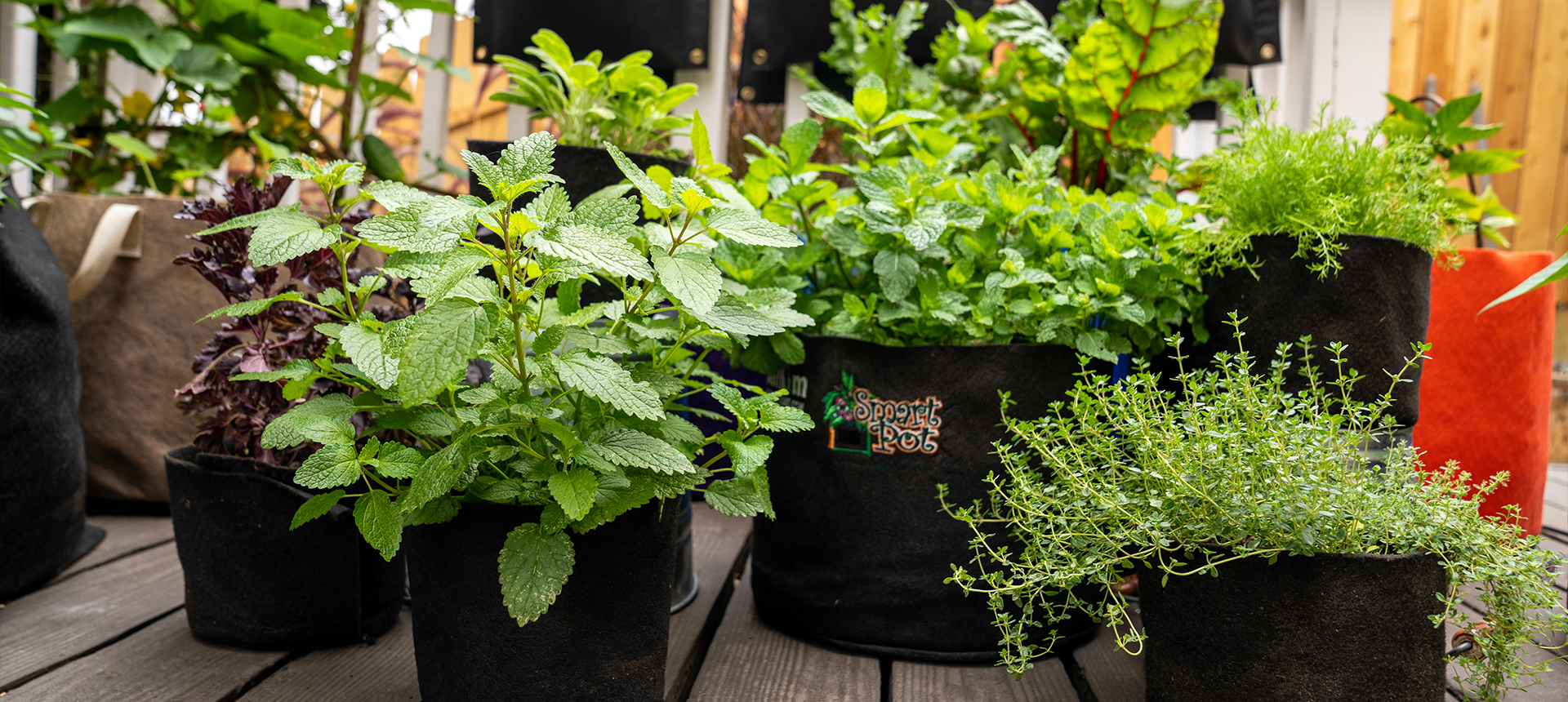
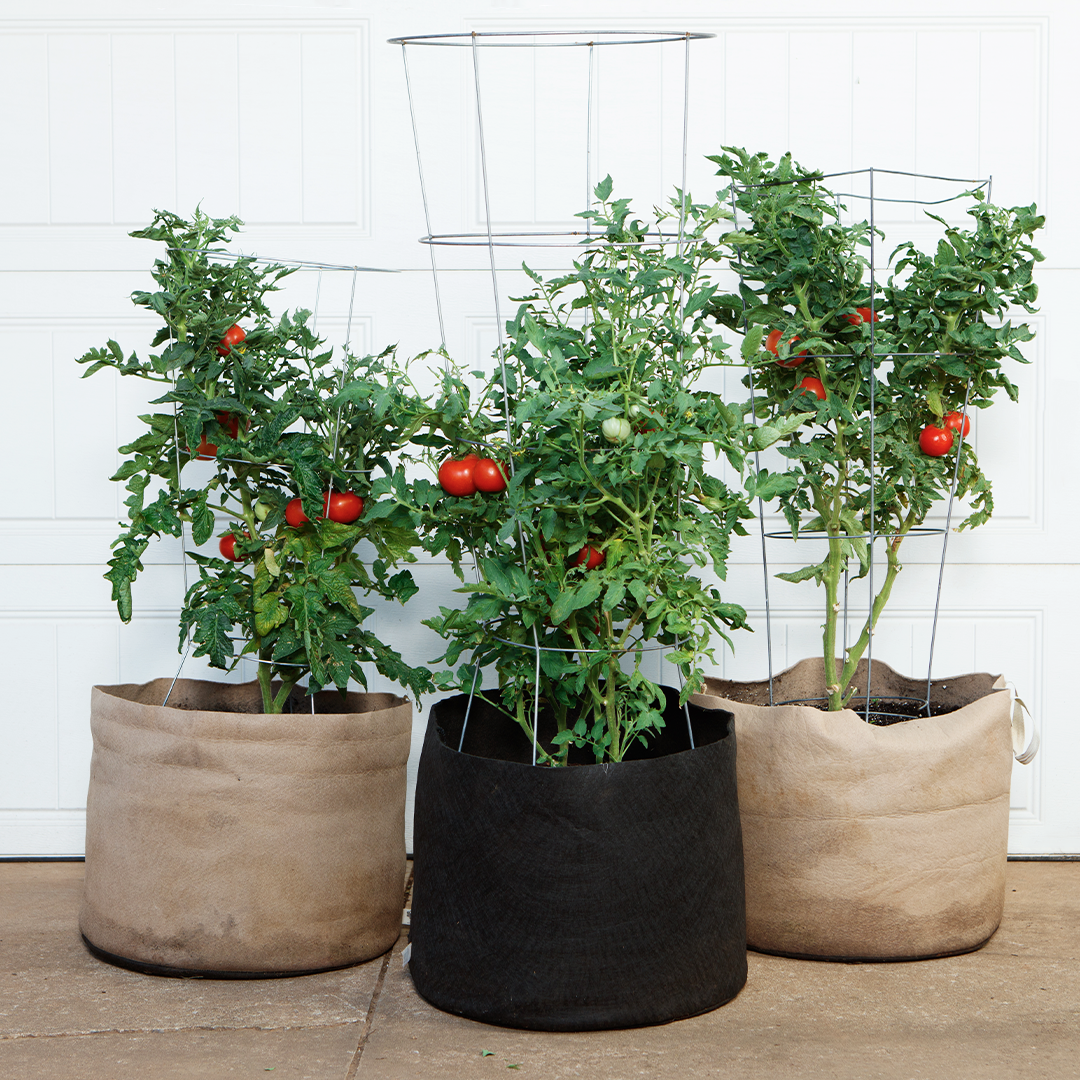
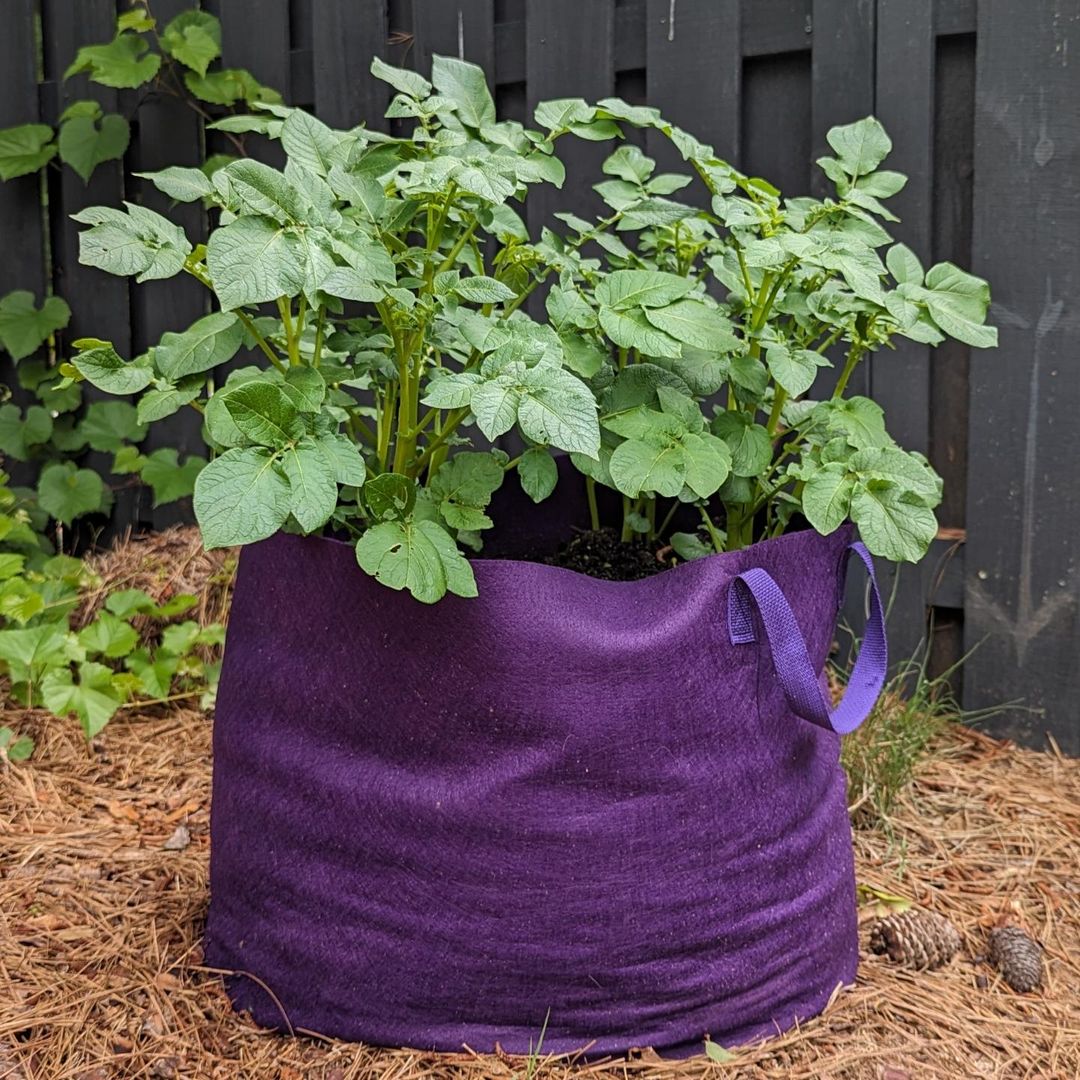
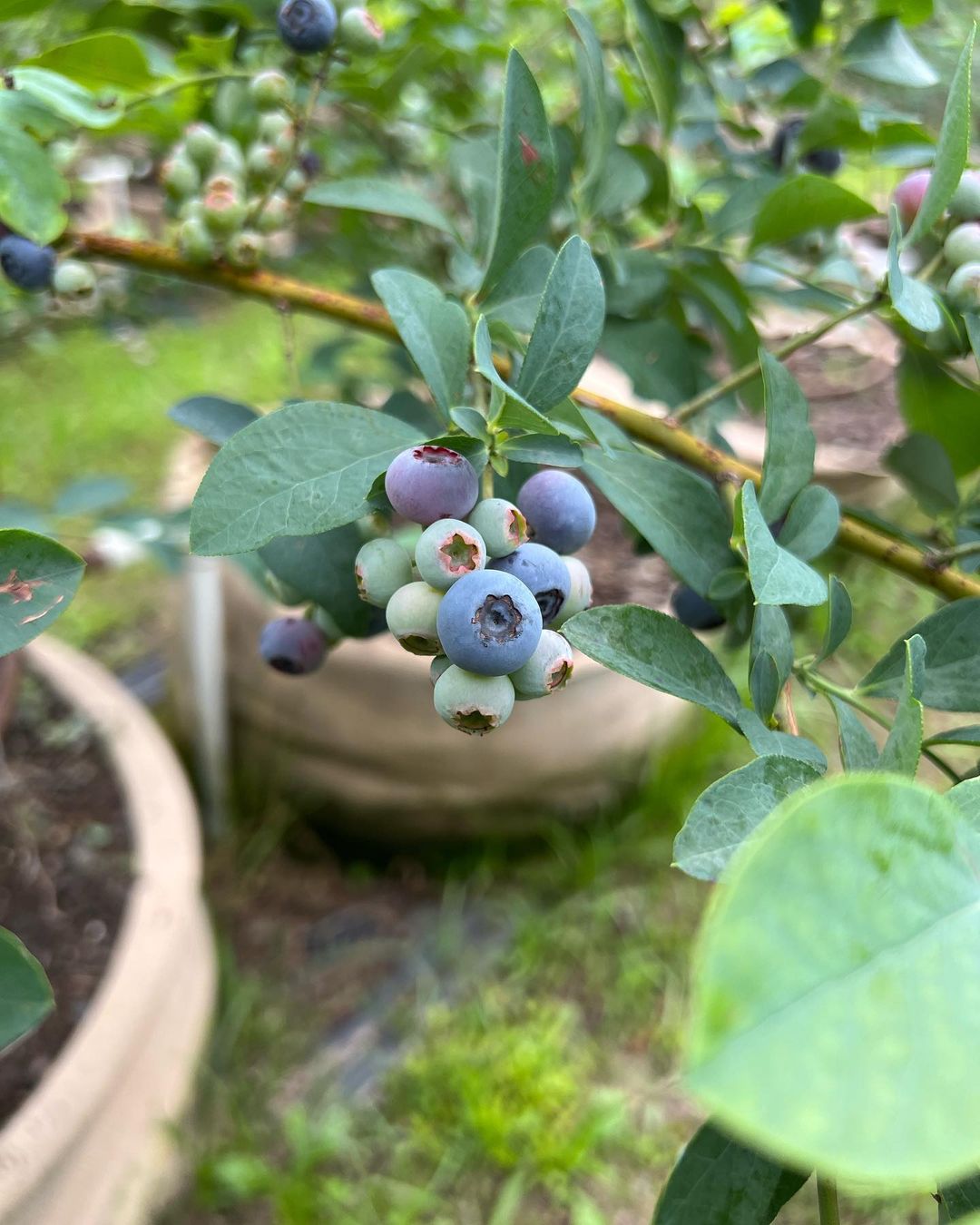
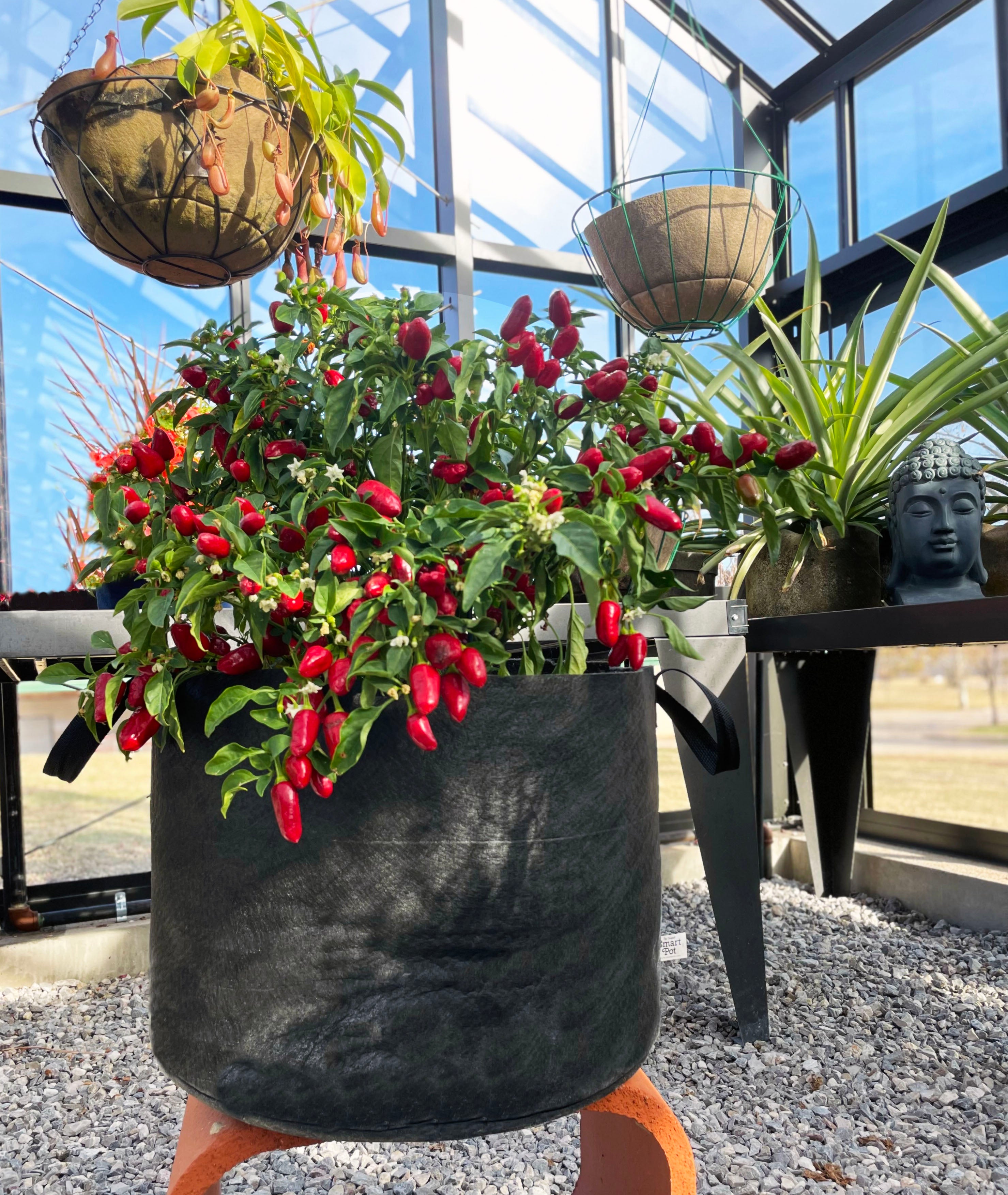
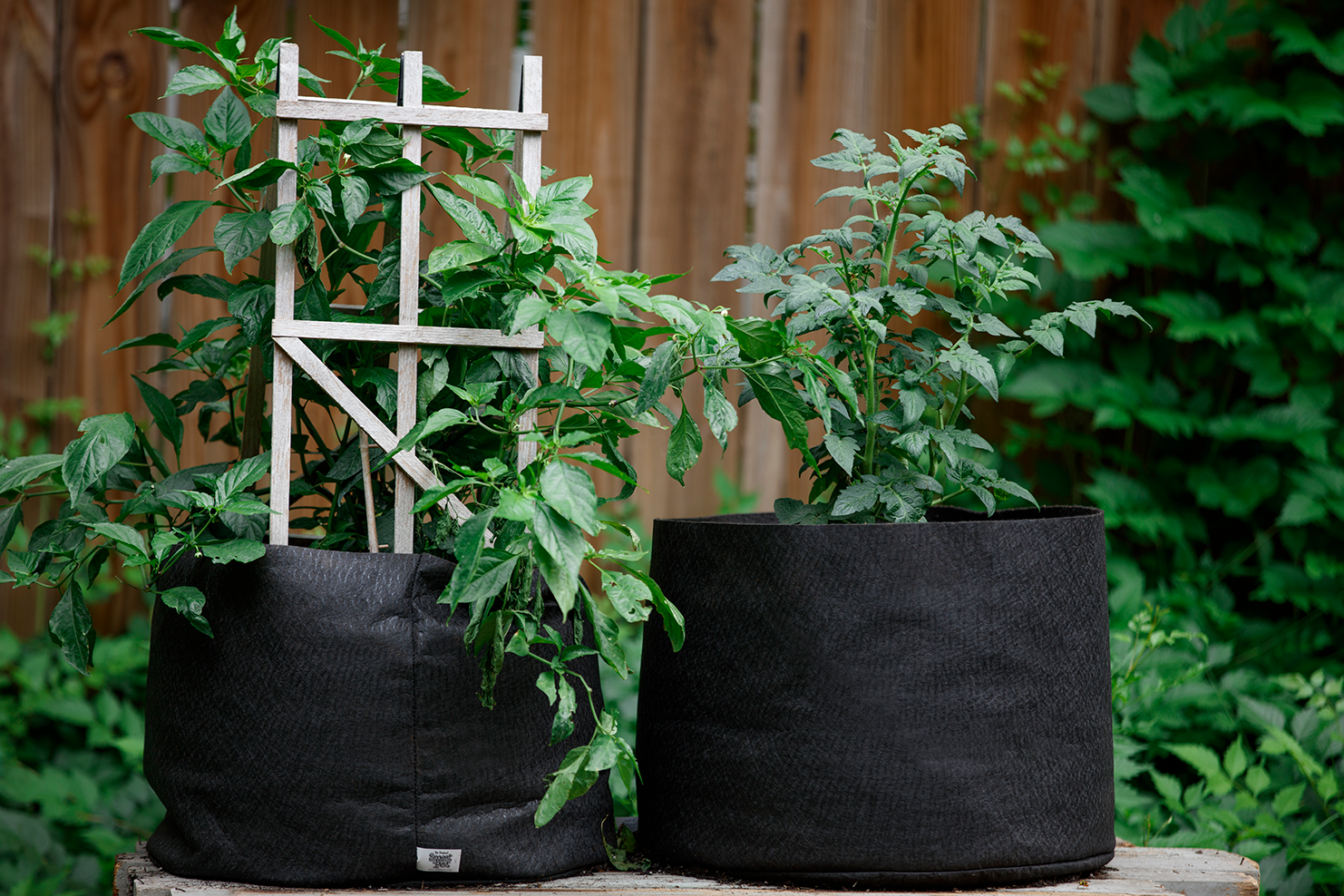
Ready to Get Growing?
Fenway Farms - Boston, MA
After

Before

Fenway Farms, grown in Smart Pots

High above home plate, the Red Sox are growing real food for real fans. Fenway Farms uses Smart Pot Milk Crate Liners to produce over 6,000 pounds of organic vegetables each season for stadium kitchens and street-side vendors. Designed and built by our friends at Recover Green Roofs, and farmed by Green City Growers, this rooftop garden shows what’s possible when community partners come together.
Why Smart Pot for rooftop food production
- Independently lab-tested fabric, free from contaminants like BPA, lead, and other heavy metals. This makes Smart Pots the only fabric growing containers safe for growing vegetables
- American made, trusted by growers for four decades
- Customizable solutions and support for community, school, and rooftop projects of any size
Want help building your own rooftop or community garden? Let’s grow it together.
FAQs
Our products are proudly made in the USA and the quality is unmatched. Some of the competitors are so thin that the bag will rip on you in a very short time. Others are so thick that they do not air prune so you don’t get the best roots. If it is too thick, it also won’t drain well which causes root rot that can destroy your plant.
Smart Pot is the original fabric pot and we have innovated the design specifically to maximize the development of a healthy root system. Our fabric not only lasts longer – it drains, air prunes, and release heat better.
Feel the small fibers, or hairs, on the inside of a Smart Pot. These fibers catch a plant’s small, fibrous feeder roots and force them to branch and prune. Feel the inside of our competitor bags. There is a slick feel to most of them. Roots turn and circle on a slick surface. The growth pattern of roots traveling along a slick surface is not optimal. With the Smart Pot, roots stop at the side wall and branch.
The answer is… just about any surface!
Smart Pot containers perform great on dirt, grass, cement, landscape fabric, wood, etc. Make sure there is some slight slope if you are putting your Smart Pot on a non-porous surface. Just enough so there is no standing water for extended periods.
If you have a treated wood deck, it might be wise to have your Smart Pot (and all potted plants) in a saucer. Many users combine bricks or stones to elevate the Smart Pot out of standing runoff water.
Users have placed, especially large Smart Pots, on wooden pallets, which increases drainage, aeration, and air-pruning of the roots. Because aeration is increased significantly, users may need to irrigate a bit more frequently.
Yes, you can use Smart Pot containers and grow organic. They are made of inert, porous, geo-textile fabric. As opposed to a few of our competitor containers, we are BPA-free. There is no meaningful chemical exchange with the surrounding environment. Many of our customers grow vegetables and other edibles in our containers.
Many of our competitor bags are made from recycled plastics in China. In the recycle process, plastics are melted down. Heavy metals do not dissolve in this process, but are left over to be formed into the next batch of fabric. Therefore, heavy metals can and do build up in many competitor bags. Lead and copper are the most common left over heavy metals, but it depends on what plastics are being recycled that week. Sometimes the batch is clean, sometimes not. The Smart Pot is made of clean, specified, virgin fabric so we avoid heavy metal buildup.
Our fabric has been independently tested and is BPA free, lead free, and free from other harmful chemicals. Check out our MSDS for more details.
After using dump out the soil and let the bag dry. After a few days of being dry, the dust and small roots will easily brush off. For most people, this is good enough. At this point the container folds easily for storage. However, a lot of our customers will wash the bags in OxyClean or peroxide to sterilize. They use a washing machine or dip the container in a tub. Do not put Smart Pot fabric containers in a dryer.
SOLD IN THESE MAJOR RETAILERS
- Choosing a selection results in a full page refresh.
- Opens in a new window.
